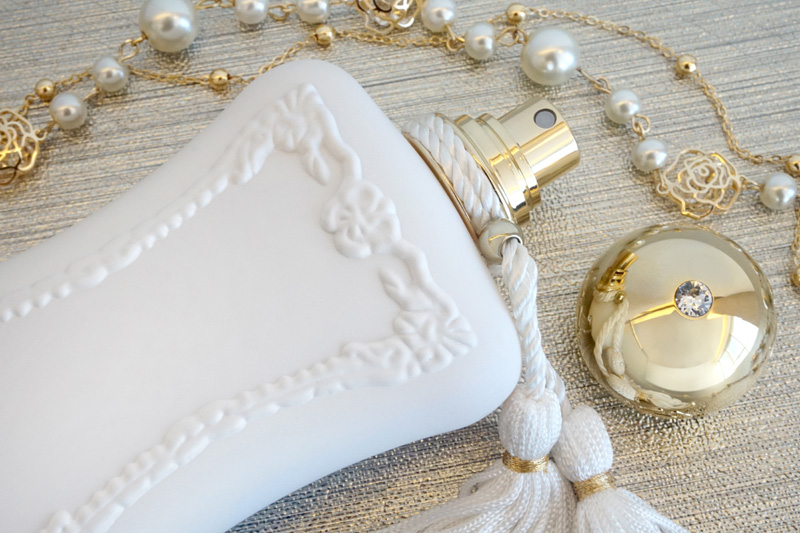More often than not, we connect with the past through visual cues – letters chronicled in a manuscript, ancient artefacts displayed in a museum, or photographs that line the walls of a castle, all of which make us imagine a time before us.
Think back to some of your fondest and most powerful memories, chances are there is a smell linked to it – the air after a summer rainfall, crisp coffee grounds at your favourite cafe, or the sharp smell of freshly mowed grass. Smell is distinctive, in that the way the brain processes is much different from the other senses. With smell, the olfactory responses travel straight to the part of the brain that is linked to the hippocampus and amygdala, the memory and emotion receptors. This is why scientists believe smell memories are stronger and more persistent. But whilst smell plays a key role in our daily lives and is intrinsically linked to memory, smell is mostly overlooked when recording history. For the most part, our knowledge of the past is largely odourless, possibly because of their ephemeral nature.
However, in recent years, perfumers, historians and scientists alike, with the help of technology, are looking at ways to preserve scents as historical artefacts. There is an increasing need to understand how the people of the past experienced the world through smell – the fragrances they adored, and those not appreciated. And better yet, being able to recreate scents that may have been lost. The ability to use scents in a historical context would forever change the way we view and understand the world.
For instance, Parfums de Marly, a brand founded on the spirit of duality; the classic and contemporary, helps us understand the 18th-century life at Château de Marly, where royal etiquette went out of the window in favour of fun and relaxation. The Court of King Louis XV was so obsessed with fragrance, it was dubbed the ‘scented court’; pouches, fans, gloves and even the fountains were doused in perfume. And it is this passion to preserve the history of Château de Marly and France that inspires the imagination and refinement of each Parfums de Marly creation. “In our age of modernity, speed, minimalism and simplicity, we are forging our own path by embracing beauty, imagination and refinement. The 18th century was the golden age of perfumery, so my idea was to revive the splendour of this time,” says Creative Director of Parfums de Marly Julien Sprecher.
So next time you think of history, remember that what you see, hear, taste and touch are just as important as what you smell. Some scents might be extinct, new ones have come to be, and others may change over time, but all tell a story.

